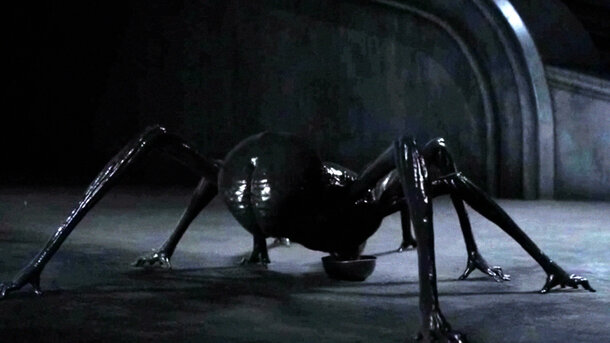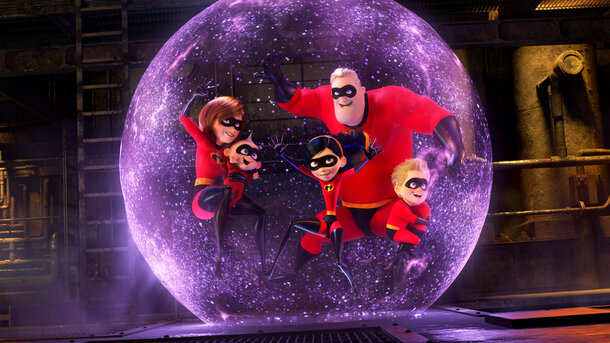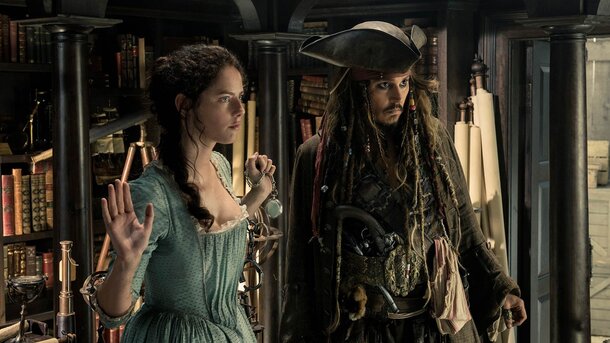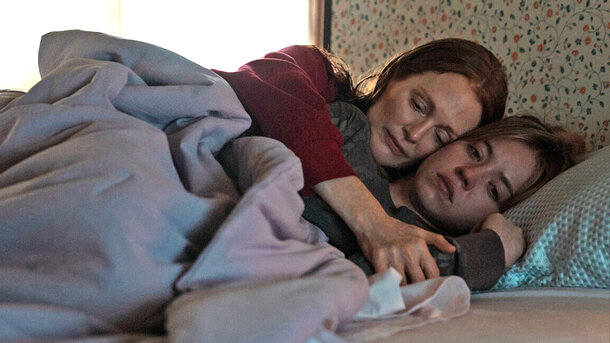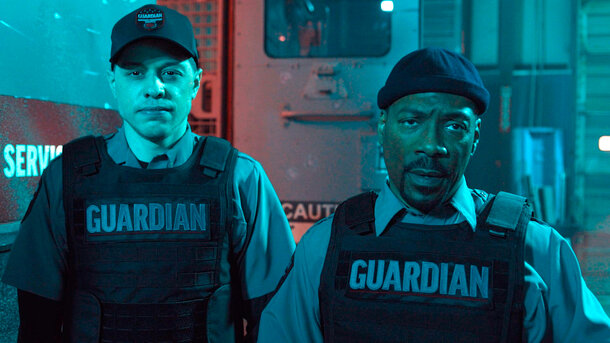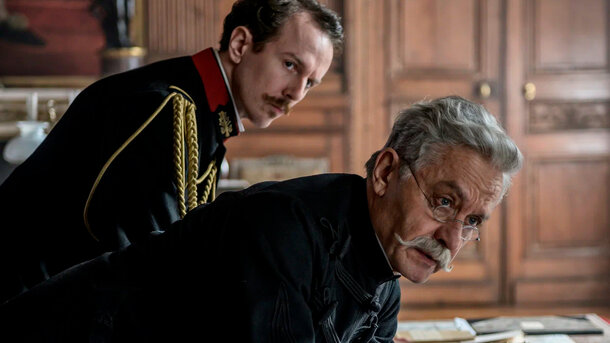The scene with the eerie spider-like creature in Denis Villeneuve’s adaptation of Dune became one of the film’s most disturbing and mysterious moments. It wasn’t in Frank Herbert’s books, but the appearance of a strange being with human features instantly caught viewers’ attention. Who is it? Why was it added? And what role might it play in the canon?
A Mysterious Pet: More Than Just a Visual Effect
The creature appears in the Harkonnen palace for just a few seconds, yet the scene lingers in the memory. It looks like a hybrid of a spider and a human, moves ominously, and — most importantly — responds to a command issued through the Voice by the Reverend Mother of the Bene Gesserit. This implies the creature has intellect, hearing, and possibly even remnants of will. Its presence in a room with a high-ranking guest is no accident — it adds to the oppressive atmosphere and heightens the tension.
The Theory About Dr. Yueh’s Wife
Fans quickly picked up on one of the darkest theories: that the spider was created from the body of Wanna Marcus, the wife of Dr. Yueh. In the film, Yueh says the Harkonnens 'took her apart like a doll.' Perhaps those words weren’t a metaphor. Such a monstrosity could well have been created by the Bene Tleilax — experts in genetic engineering whose experiments often push ethical boundaries. If the theory holds, the spider becomes not just a disturbing prop, but a symbol of the Harkonnens' absolute power — and a personal tragedy for Yueh.
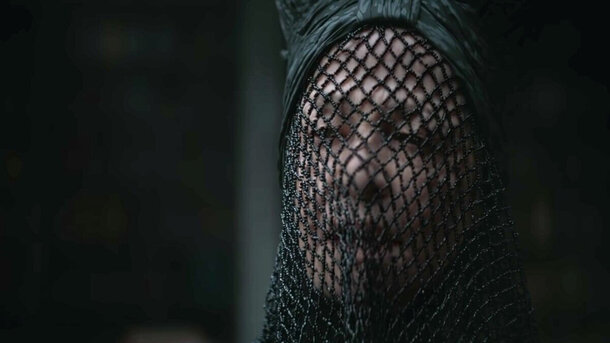
Why Does the Reverend Mother Remain Silent?
Strangely, the Reverend Mother makes no comment on the creature’s presence. Though her order, the Bene Gesserit, despise such genetic perversions and strictly adhere to the principle of 'do not deform the soul,' she says nothing. Perhaps she immediately recognized what the creature once was and issued a terse command to remove it from sight. Yet even then, her silence speaks volumes — perhaps revealing that even she is reluctant to openly challenge the Harkonnens without just cause.
A Nod to Jodorowsky or a Political Signal?
Some viewers believe the spider is merely a nod to the aesthetic of Alejandro Jodorowsky, who tried to make his own version of Dune in the 1970s and was known for his surreal visual concepts. But Villeneuve’s film is far too meticulously constructed to treat this as a simple 'easter egg'. Most likely, the spider scene is deeply symbolic: a portrayal of twisted science, a metaphor for fear, and a silent threat that needs no explanation.
The Spider as the Face of Tyranny
Ultimately, the spider fits perfectly into the Harkonnen world as a symbol of ruthless dictatorship. They have it all: power, resources, access to forbidden technologies. And they use them not to protect, but to intimidate. The spider is the face of their world — a place where life has no value and the body can be reshaped at will.
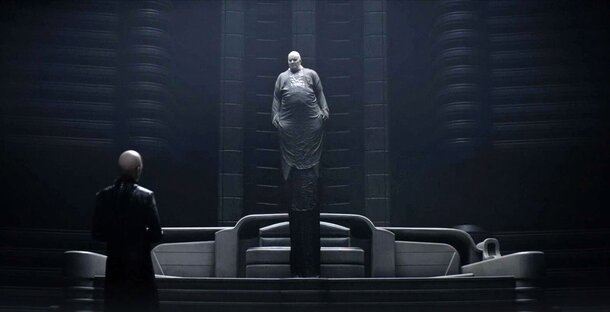
And although such a creature never appeared in Frank Herbert’s canon, it feels right at home in the world of Dune. After all, the true horror here lies not in the monsters — but in those who create them.
